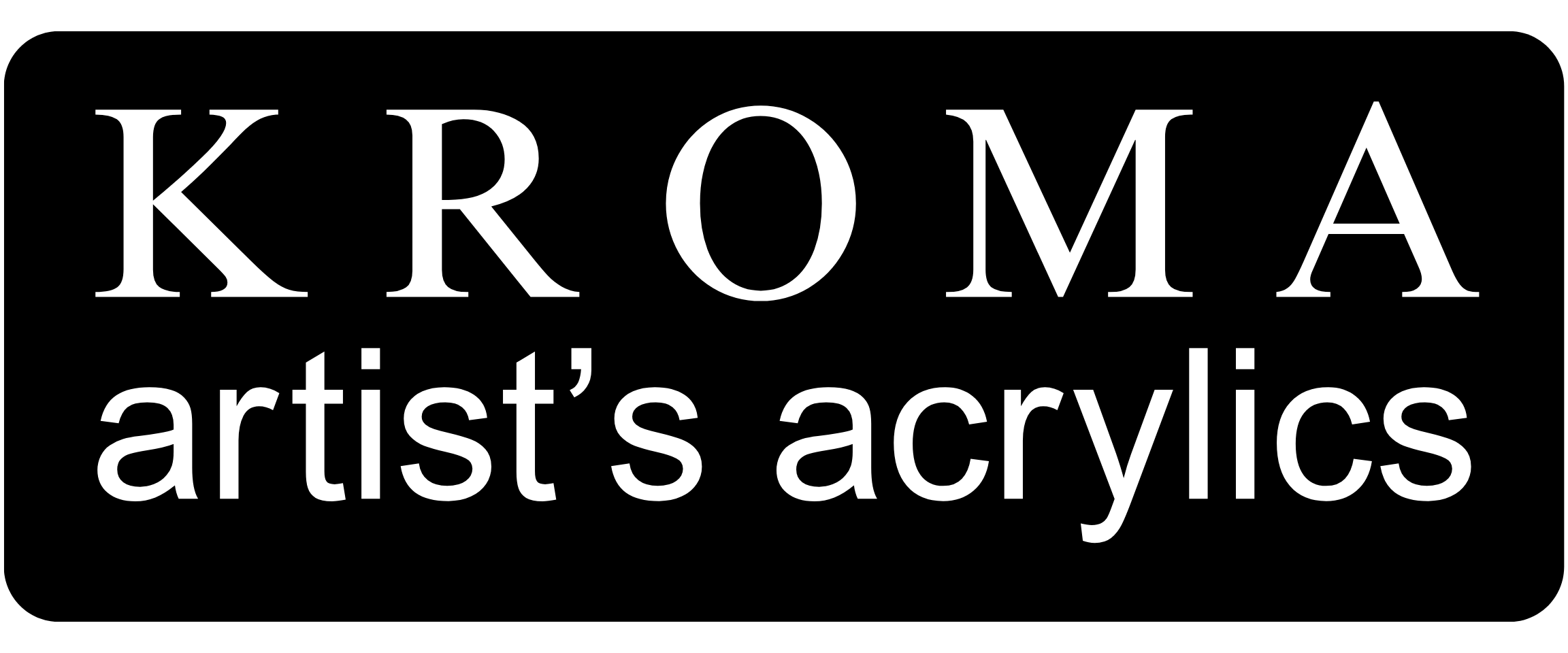
NEW COLOUR: Cobalt Teal
Cobalt Teal is so undeniably beautiful! And it is now available in store and online. This is genuine Cobalt Teal- an inorganic, synthetic, mixed metal oxide formed by the calcination of...

Explorations of Green and Blue (Turquoise)
Here is how to make Turquoise: Turquoise, in painting terms, is the infinite relationship between green and blue. It is defined as a greenish-blue or a sky blue colour. Given the...

Watching Paint Dry
Watching Kroma Crackle do its thing is so fun! Shown here are three examples of Kroma Crackle that have been tinted with acrylic paint, creating a two-toned crackle effect. To create this...














